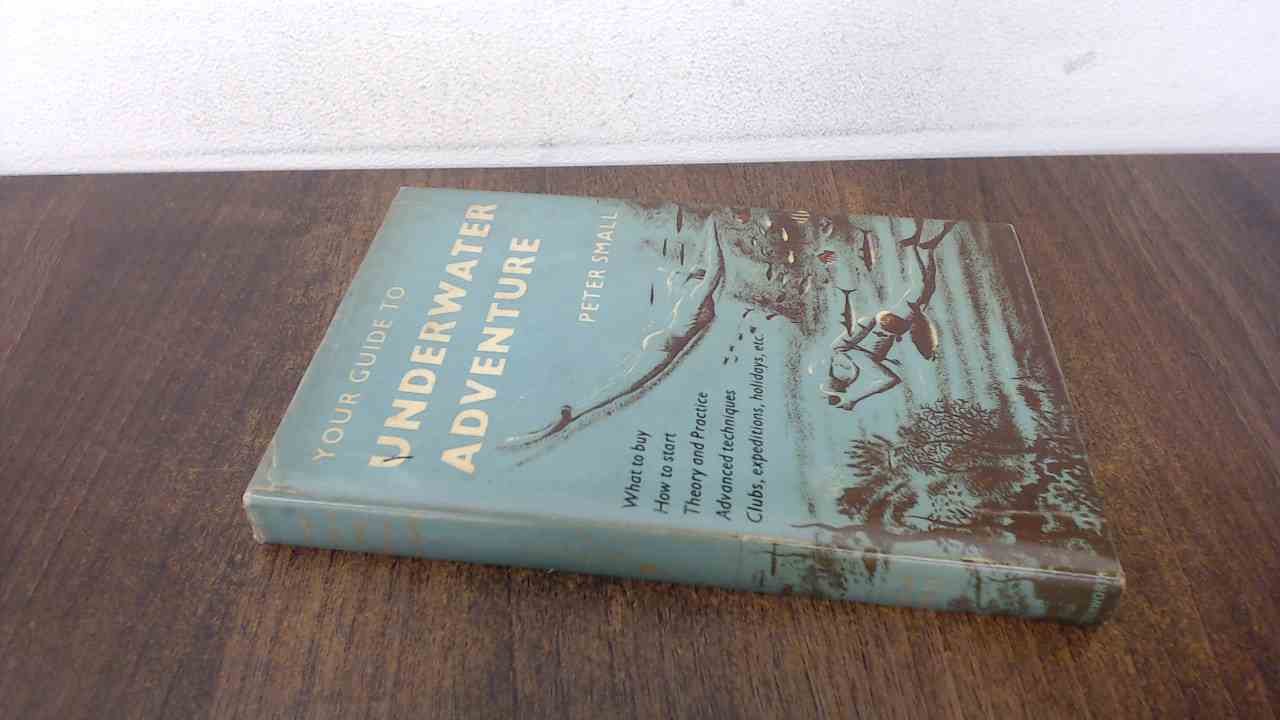David Wilson
Contributor
My favourite diving book remains Your Guide to Underwater Adventure written by Peter Small and published by Lutterworth Press of London in 1957:

Here's a "plate" from the slim volume, captioned, as you can see, "If underwater swimming is not fun, it's not anything":

Peter Small's philosophy of underwater swimming is essentially mine too. Enjoyment is the key. It's how many of us began our love affair with the subaquatic world. The author, a journalist who knew how to write well, was an accomplished diver who later died tragically during an experimental deep descent widely reported in the newspapers at the time.

As a contribution to diving literature, it is a timeless classic reminding us what it was like to "try out" underwater swimming in a decade when recreational diving was something entirely new and the films of Hans Hass and Jacques-Yves Cousteau drew people to the cinemas in their thousands.Here's a "plate" from the slim volume, captioned, as you can see, "If underwater swimming is not fun, it's not anything":



